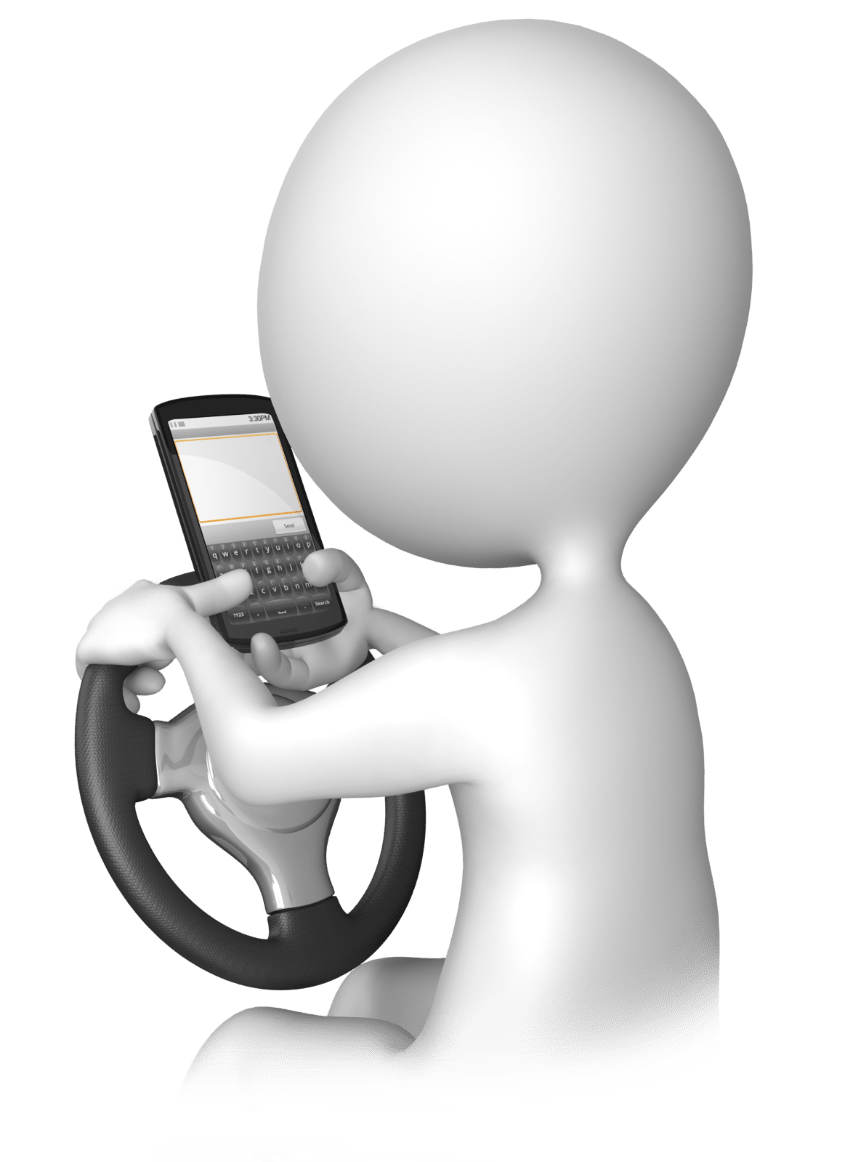When I am driving what can I control?
My own Behavior
Commonly called ___________ it is the personal responsibility of everyone who operates or rides in a motor vehicle.
Defensive Driving
When an emergency vehicle is responding from behind your vehicle, you should.
Speed up so they can't overtake you.
Slow down, signal and move to the right shoulder
Speed up to the next intersection and turn to get out of their way.
Completely ignore them they move to slow to catch you.
Slow down and move to the right shoulder.
What are the three types of distractions that effect your driving?
MANUAL - distractions cause driver to take their HANDS off the wheel.
VISUAL - distractions that cause drivers to take their EYES off the road.
COGNITIVE - distractions that cause drivers to take their MINDS of the road.
_________ is the interaction of 2 or more chemicals (alcohol and/or any type of drug) with a combined effect greater than the sum of their individual effects.
A. Impairment
B. Synergism
C. Inebriation
D. Comatose
Synergism
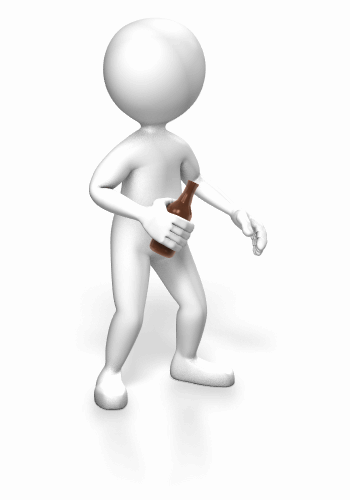
How many Deadly Choices are there?
6
Speeding
Following too closely
Distracted driving
Turning Improperly
Driving left of center
Violating right of way
Most collisions and crashes are ______?
Preventable
As you scan the road for hazards what strategy should you use to be prepared for those hazards?
The "what if" strategy.
What are the three deadly choices associated with vehicle and lane management?
Turning Improperly
Driving Left of Center
Violating the Right of Way
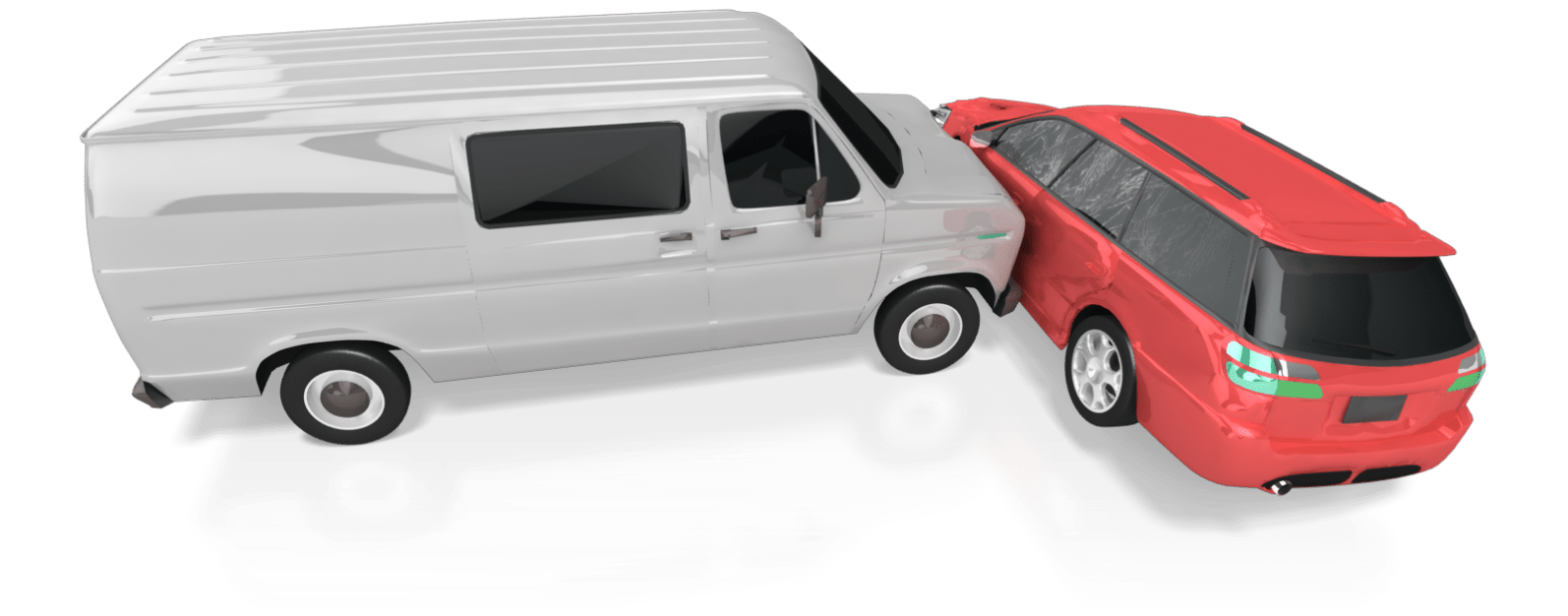
In Nevada it is illegal to drive a passenger car, van or pick-up truck with a BAC (Blood Alcohol Content) of ____ or higher.
.08
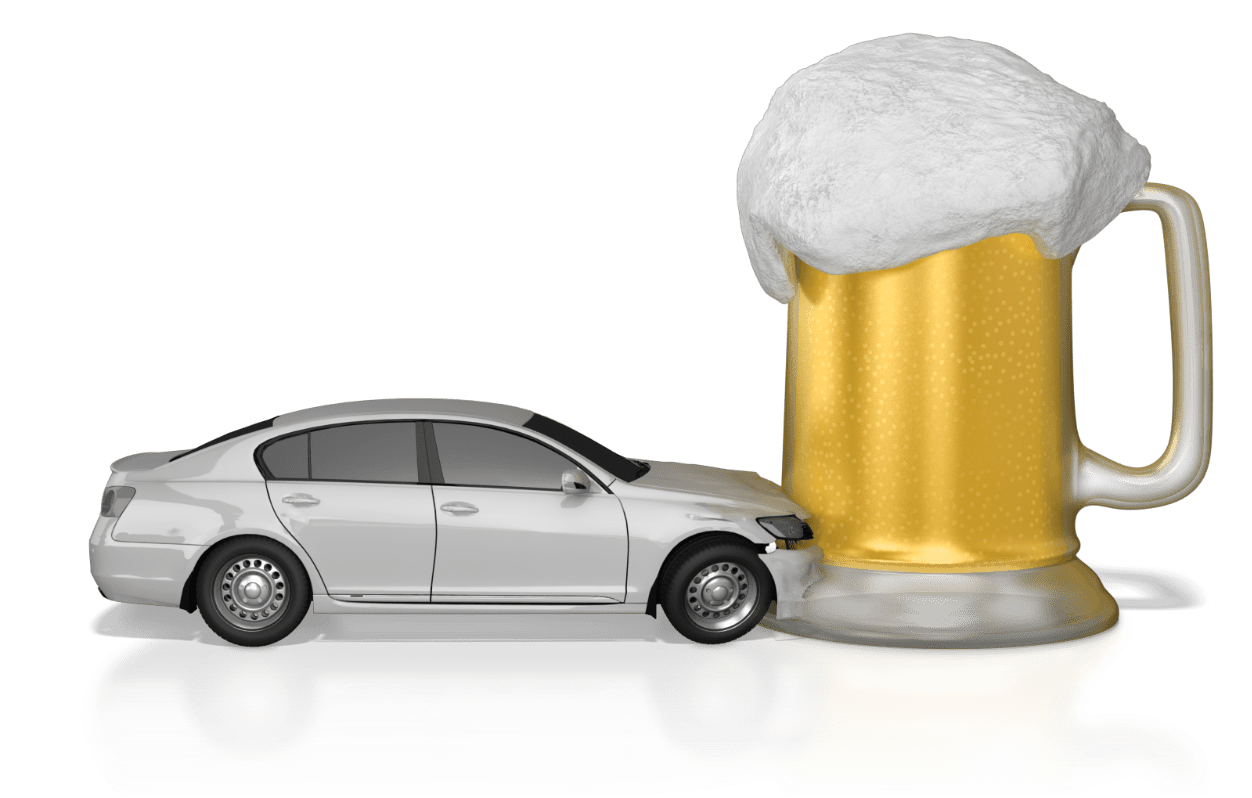
What are Factors Beyond Our Control when Driving?
4
Visibility
Weather
Road Conditions
Other Users of the Road.
A preventable collision is a collision in which the driver failed to do everything ___________ to avoid it.
Reasonable
Total Stopping Distance includes what three elements to come to a complete stop?
Perception Distance + Reaction Distance + Braking Distance.
What are the four R's of defensive driving when faced with a possible head-on collision?
READ - the road ahead
Drive to the RIGHT
REDUCE your speed
Ride off the road.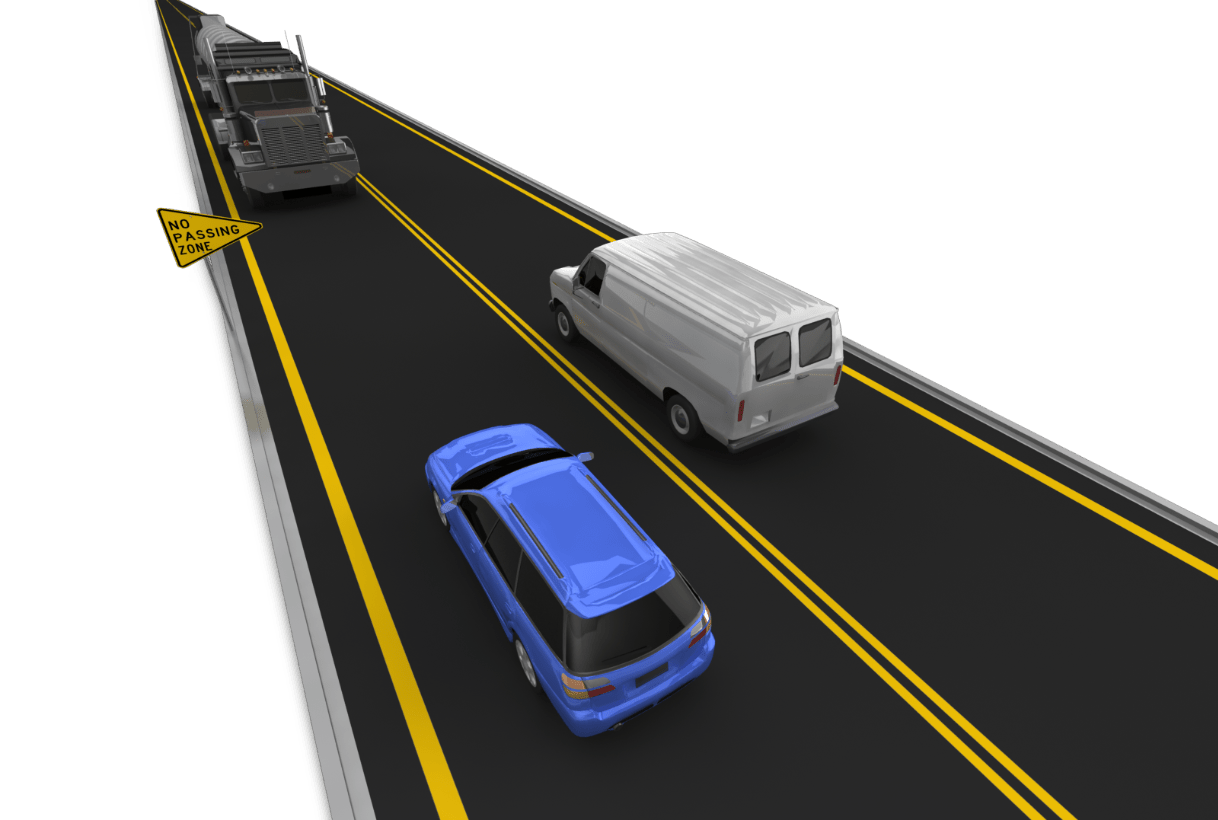
What are signs that you are fatigued?
A. Reduced Reaction Times
B. Unclear Decision Making
C. Diminished Energy
D. All the Above
D. All the Above
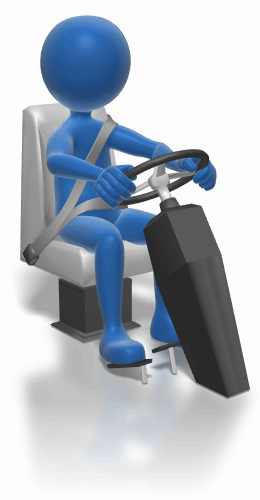
What were the techniques discussed that you can use to address different conditions we encounter when driving?
Reduce Speed
Increase your following distance
Stay Alert
Use hazard lights when legal and appropriate.
What is our first and most important defense against injury in a crash or collision?
Seat Belts
___________ is the use of a vehicle as a weapon with intent to do harm. It is a criminal offense.
Aggressive Driving
Defensive Driving
Sharing the Road
Road Rage
Road Rage
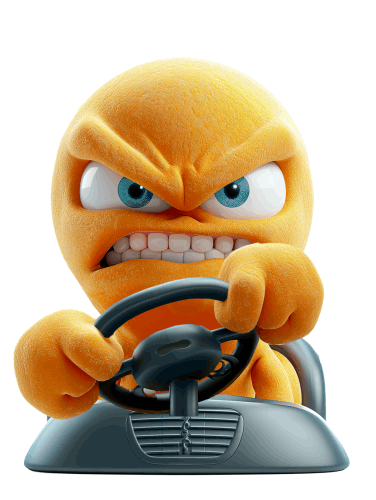
Violations in which drivers fail to _____ ___ _____ __ ___ lead to more injuries than any other type of traffic violation
Yield the right of way.
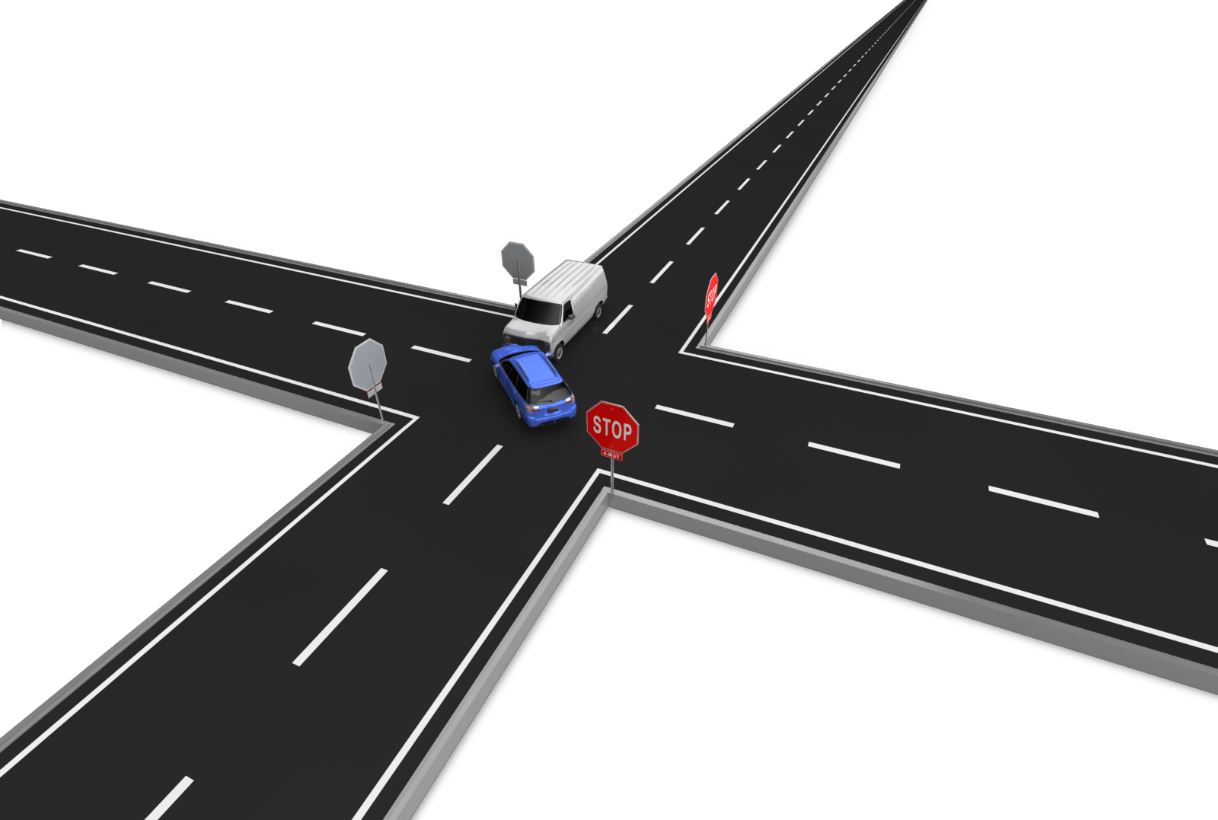
The only effective way of dealing with drowsy driving is to _____ and _______.
Stop and Rest
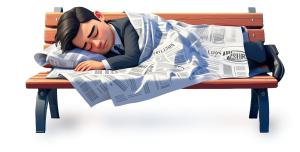
What does RUA stand for?
Recognize the hazard
Understand the defense
Act correctly in time
_________ is an object's resistance to change in motion - a body in motion will stay in motion until acted upon by a force.
Inertia
The three steps to regain control and stop aggressive driving are what?
REFLECT - Why am I getting angry?
REFRAME - What can I do to maintain control
REFOCUS - Thing about something else.
To scan an intersection the proper technique is to do what?
Look left, look right, look straight ahead, look left again.
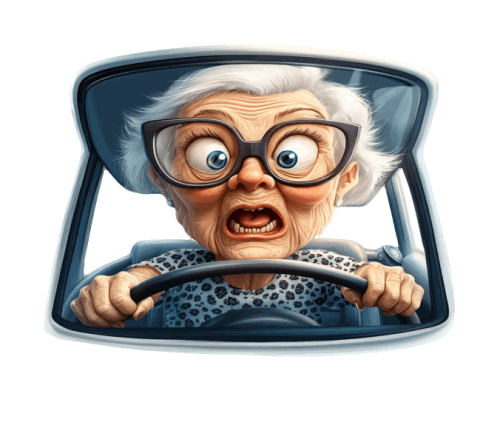
Which of the following is associated with the use of a cell phone while driving?
A. Manual distraction
B. Visual distractions
C. Cognitive Distraction.
D. All the above
D. Al the Above.
